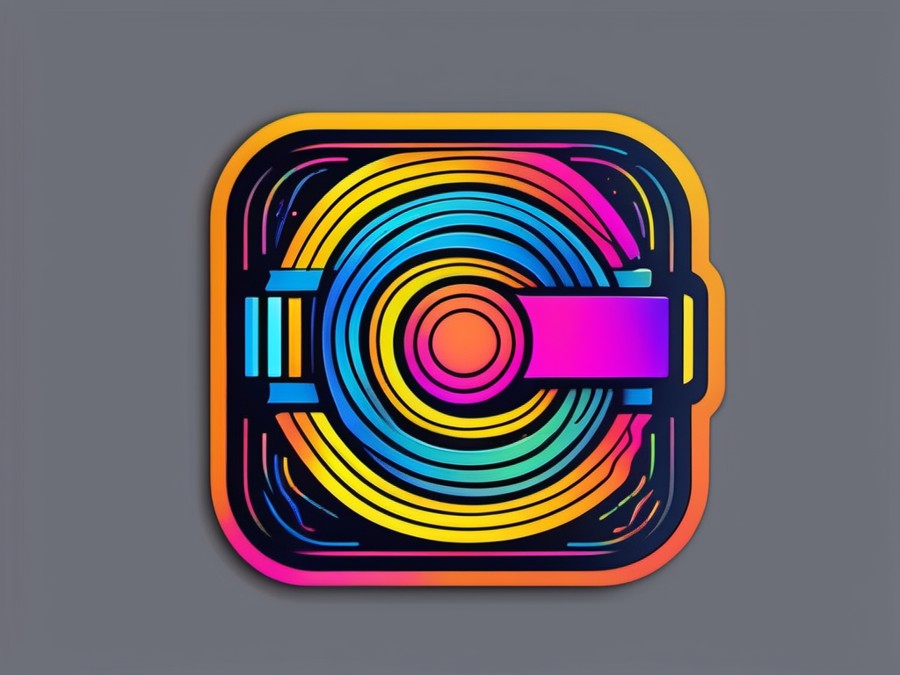· Charlotte Will · Cables · 7 min read
What is a USB-C Cable and How Does It Benefit Your Devices?
Discover how USB-C cables enhance your devices' performance, data transfer speeds, and charging capabilities. Learn about their versatility, compatibility, and why leading tech brands are embracing USB-C for the future.

Introduction
Ever since USB-C cables hit the market, tech enthusiasts and regular users alike have been raving about their benefits. But what exactly is a USB-C cable, and how does it benefit your devices? If you’re wondering what all the fuss is about, buckle up as we dive into the world of USB-C cables and explore how they can revolutionize your connectivity experience.
Understanding USB-C: A Brief History
The journey of USB connectors has been an evolutionary one, starting with the old and bulky USB-A ports. As technology advanced, so did our need for faster data transfer speeds and more versatile connections. Enter USB-C—the sleek, reversible connector designed to address the shortcomings of its predecessors. Unlike USB-A and B, which seemed clunky and outdated by modern standards, USB-C offers a seamless experience with its compact size and versatility.
What Exactly is a USB-C Cable?
At its core, a USB-C cable is more than just a connector; it’s a technological marvel. The anatomy of a USB-C cable includes:
- Reversible Connector: No more fumbling around to insert the cable the right way—USB-C connectors work no matter which side is up.
- Faster Data Transfer Rates: Thanks to the superior design, USB-C cables support high-speed data transfer rates, making them ideal for modern devices.
- Power Delivery: Many USB-C cables are equipped to handle high power delivery, perfect for charging laptops and other power-hungry devices.
- Better Video Output: Unlike older USB standards, USB-C supports high-resolution video output, making it a versatile choice for connecting to external displays.
How Does a USB-C Cable Work?
The magic of USB-C lies in its design and the protocols it supports. The cable itself is equipped with multiple data transfer lanes, allowing for faster and more efficient data transmission. Additionally, USB-C cables can support various protocols such as DisplayPort and Thunderbolt, making them incredibly versatile. This versatility means you can use a single USB-C cable for charging, data transfer, and even video output—a true jack of all trades.
Unmatchable Benefits of USB-C Cables for Your Devices
Speed and Data Transfer
One of the standout features of USB-C cables is their blazing fast data transfer speeds. With the latest USB 3.2 and Thunderbolt protocols, you can achieve data transfer rates up to 40 Gbps. Imagine transferring a high-definition movie in seconds rather than minutes. This speed is particularly useful for professionals who deal with large files regularly, such as video editors and graphic designers.
Enhanced Charging Capabilities
Say goodbye to the days of slow charging. USB-C cables support Power Delivery (PD), allowing them to charge devices much faster. With PD, you can charge laptops, tablets, and even some smartphones at high speeds. The best part? PD is intelligent—it adjusts the power output based on the device’s needs, ensuring safe and efficient charging.
Unparalleled Compatibility
The reign of USB-C in the tech world is undeniable. From smartphones and laptops to external hard drives and cameras, an array of devices now come with USB-C ports. This compatibility ensures that you only need one type of cable to connect and manage all your devices, simplifying your tech setup greatly.
Versatility: A Cable for Every Task
A USB-C cable is not just a cable; it’s a multitasking wonder. With the right adapters, you can connect to external monitors for a dual-screen setup, charge multiple devices simultaneously, and even transfer data between different types of devices. Whether you’re looking to enhance your productivity or simply streamline your tech gadgets, a USB-C cable is the ultimate solution.
USB-C vs Other Cables: The Showdown
USB-C vs USB-A: The Old Guard
Comparing a USB-C cable with the older USB-A standard is like comparing a sports car to a vintage model. While both serve their purpose, the newer USB-C offers speed, versatility, and efficiency that USB-A cannot match. From data transfer speeds to charging capabilities, USB-C is the future, and it’s here to stay.
USB-C vs Lightning: Apple’s Answer
Apple’s Lightning connector was once hailed as a game-changer, but it pales in comparison to the versatility of USB-C. While Lightning serves Apple devices well, it lacks the universal compatibility and high data transfer rates offered by USB-C. For users who own multiple types of devices, USB-C is the clear winner.
Enhancing Device Performance with USB-C
Faster Data Transfers for Seamless Usage
The high-speed data transfer capabilities of USB-C cables can significantly improve your devices’ performance. For example, if you’re editing a video project on your laptop and need to transfer large files quickly, a USB-C cable will ensure that the process is smooth and fast. This efficiency can shave off precious minutes from your workflow, enhancing overall productivity.
Powerful Charging for On-The-Go Devices
Modern devices demand more power, and USB-C cables deliver. Fast charging means you can juice up your laptop or tablet in a fraction of the time it would take with older USB standards. This is particularly beneficial for professionals who are always on the go, ensuring that your devices are charged and ready when you need them.
The Future of Connectivity: Why USB-C is Here to Stay
Emerging Technologies and USB-C Compatibility
As technology continues to advance, so too does the need for faster and more efficient connectivity solutions. USB-C is designed to support emerging technologies, making it a future-proof investment. Whether you’re connecting to the latest external hard drive or an advanced VR headset, a USB-C cable will likely be the go-to choice.
Industry Support: Why Tech Giants are Embracing USB-C
Major tech companies are rallying behind USB-C due to its numerous advantages. From Apple’s MacBooks and Dell’s XPS series to Google Pixel devices, USB-C has become the standard for modern connectivity. This widespread adoption underscores the reliability and performance of USB-C cables, ensuring that you can confidently invest in this technology.
Tips for Buying the Best USB-C Cables
What to Look For: Features and Specs
When shopping for a USB-C cable, keep an eye out for the following features:
- High Data Transfer Rates: Ensure that the cable supports USB 3.2 or Thunderbolt for faster data transfer speeds.
- Power Delivery (PD) Support: If you plan to use the cable for charging, look for one that supports PD.
- Durable Construction: A good cable should be made of high-quality materials that can withstand frequent use.
- Length: Choose a cable length that suits your needs, whether it’s for short distances or longer setups.
Best Brands in the Market
Several reputable brands offer high-quality USB-C cables. Some recommendations include:
- Anker: Known for their durable and high-performance cables, Anker is a top choice for many users.
- Belkin: Belkin offers a range of cables with various features, making them suitable for different needs.
- Cable Matters: This brand provides excellent value for money, with cables that support high data transfer rates and robust construction.
Conclusion
In the ever-evolving world of technology, USB-C cables stand as a testament to innovation and efficiency. Whether you’re looking for faster data transfer speeds, enhanced charging capabilities, or unparalleled compatibility, a USB-C cable is the answer. Investing in this technology not only simplifies your connectivity needs but also future-proofs your devices, ensuring that you stay ahead of the curve.
FAQs
What is the difference between USB 2.0 and USB 3.1?
USB 2.0 supports data transfer rates up to 480 Mbps, while USB 3.1 can handle speeds up to 10 Gbps. The latter is significantly faster, making it ideal for modern devices and applications.
Can I use a USB-C cable to connect my smartphone to my laptop?
Yes, you can. Many modern smartphones come with USB-C ports, and a compatible cable will allow you to transfer data and even charge your phone.
Are USB-C cables expensive?
USB-C cables can vary in price depending on the features and brand. Basic cables are affordable, while those with advanced features like Thunderbolt support may be more expensive.
What is the maximum data transfer rate for a USB-C cable?
The maximum data transfer rate depends on the protocol supported. With USB 3.2, you can achieve up to 20 Gbps, and with Thunderbolt 3, it can go up to 40 Gbps.
Can I use a USB-C cable to charge my laptop?
Yes, many USB-C cables support Power Delivery (PD), which allows for fast charging of laptops and other power-hungry devices. Check the cable’s specifications to ensure it supports PD.
For more insights into USB technology, explore these articles:




